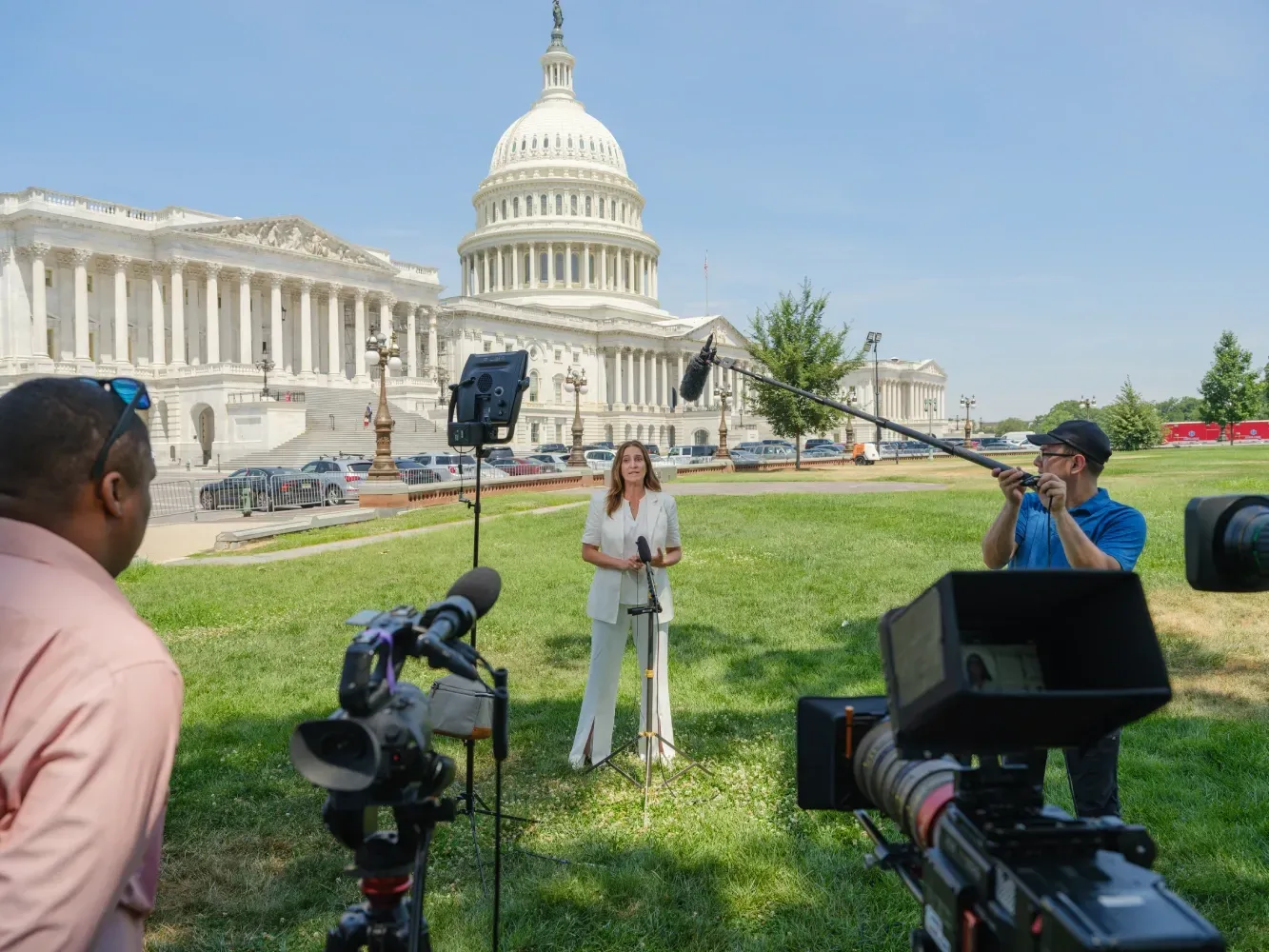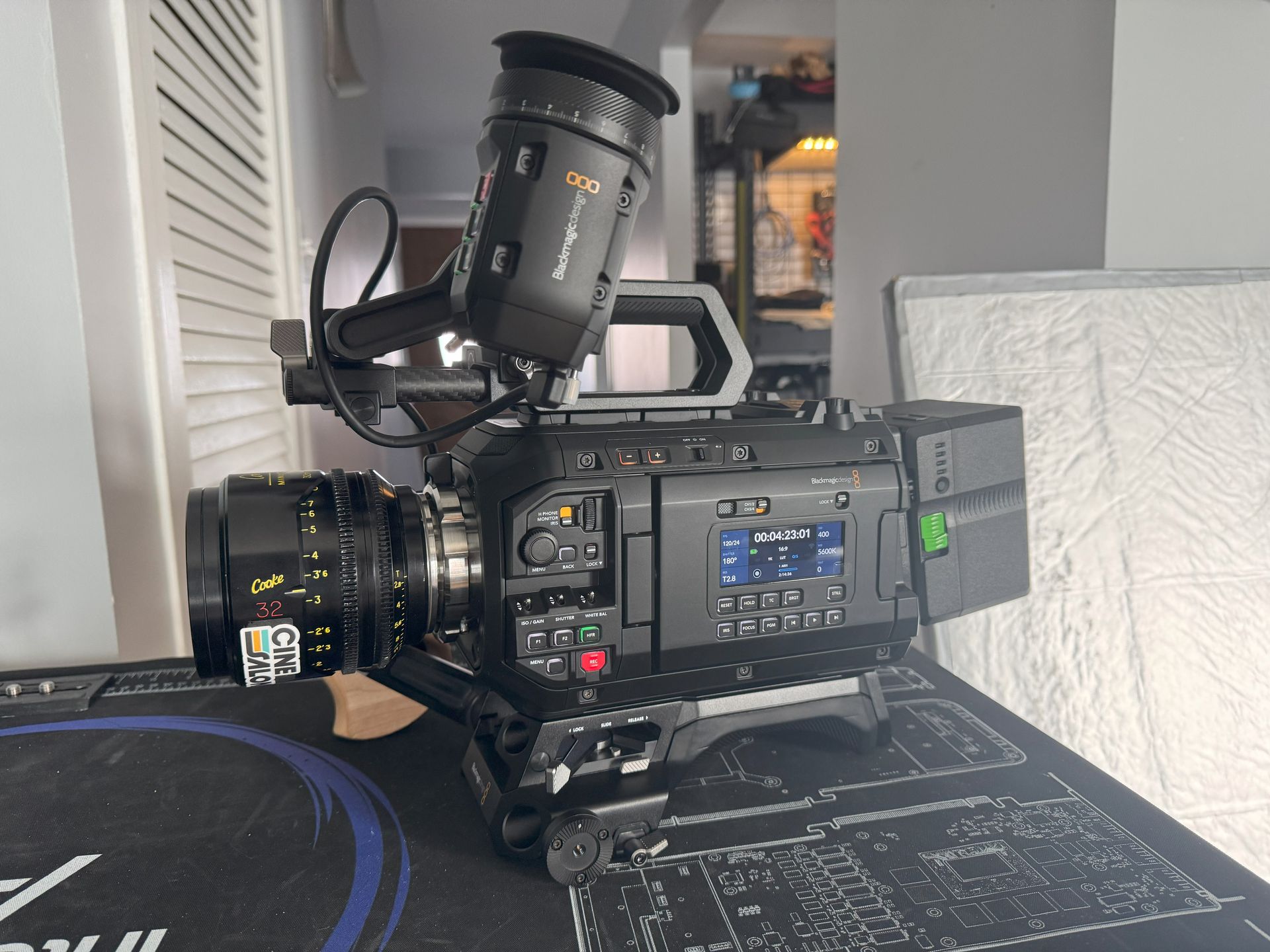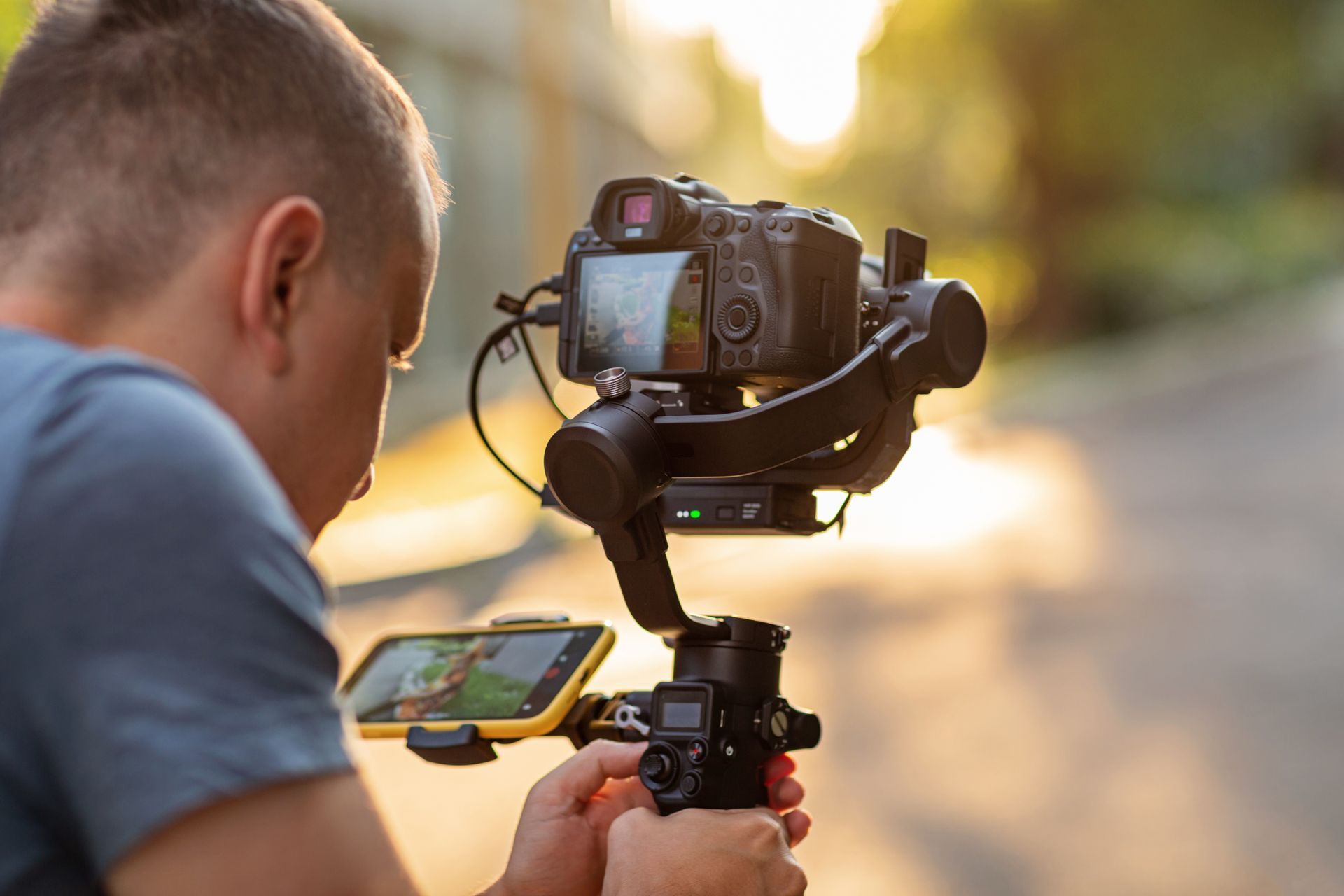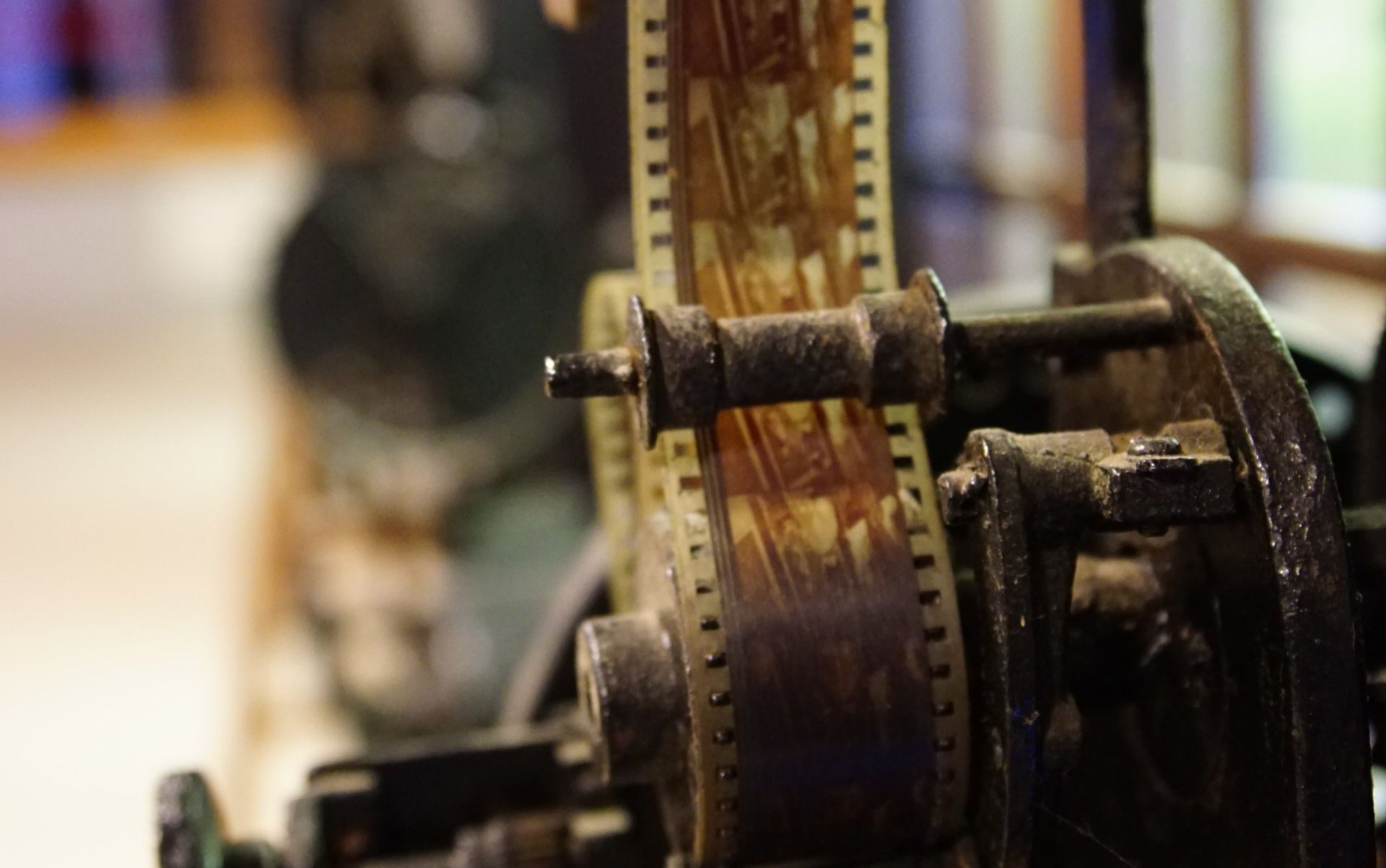
Videotape is a crucial tool in video recording and broadcasting. It has significantly preserved visual and auditory memories throughout history. This article will delve into the intriguing realm of videotape, examining its definition, tracing its historical development, and uncovering its versatile applications. Videotape is the process of recording images and sounds onto magnetic tape, and its evolution has profoundly impacted the media industry.
The term videotape encapsulates a rich tapestry of technological progress and cultural transformations, rendering it an engrossing topic for exploration. As we journey through its history and diverse uses, you will acquire a comprehensive understanding of how videotape has influenced the methods through which we document and perceive the world around us.
What is Videotape?
Videotape, in straightforward terms, is magnetic tape explicitly created for the storage of video and audio recordings. It has served as a foundational element of the media and entertainment sector for numerous decades, playing a crucial role in capturing, conserving, and presenting audiovisual content. The essence of videotape lies in its ability to record and reproduce both moving images and accompanying audio.

Applications and Legacy
Now that we've delved into the definition of videotape let's explore its rich tapestry of applications and the indelible mark it has left on various industries.
1. Broadcasting Brilliance
Videotape has been the unsung hero of the broadcasting world for decades. Television networks and studios owe a debt of gratitude to this magnetic medium. Videotape has recorded and safeguarded numerous hours of television history, encompassing iconic sitcoms and significant news events. Its ability to record, edit, and replay content made it an indispensable tool for producers and editors. Whether it involves capturing a live sports event or archiving pivotal historical moments, videotape has emerged as the cornerstone of the broadcast industry.
2. Film Production
Videotape was pivotal in filmmaking, especially in the analog recording era. It allowed filmmakers to shoot on location, review scenes immediately, and make necessary adjustments. Directors and actors could see their performances in real time, revolutionizing the filmmaking process. Videotape wasn't just a recording medium but a creative catalyst, allowing filmmakers to refine their craft and bring their visions to life.
3. Home Entertainment
The living rooms of the late 20th century bore witness to a revolution, thanks to the VHS (Video Home System) tape. Videotape brought the magic of movies and television shows into homes worldwide. Families gathered around their VCRs, eagerly popping in VHS tapes to watch their favorite films or record special moments. The VHS era transformed how we consumed entertainment, marking a period where "movie night" became a cherished tradition.
4. Archiving Heritage and History
Beyond the entertainment world, videotape was a guardian of history and cultural heritage. Documentaries, interviews, and significant events were all preserved on video. This ensures that the voices and images of the past remain intact for future generations. The durability of videotape allowed it to withstand the test of time. They were preserving memories and the essence of our collective history.
5. Evolution and Digital Transition
As technology evolved, so did videotape. The shift from analog to digital video marked a turning point. Digital formats offered higher resolution, better quality, and enhanced editing capabilities. This transition breathed new life into video, ensuring its relevance in the digital age.
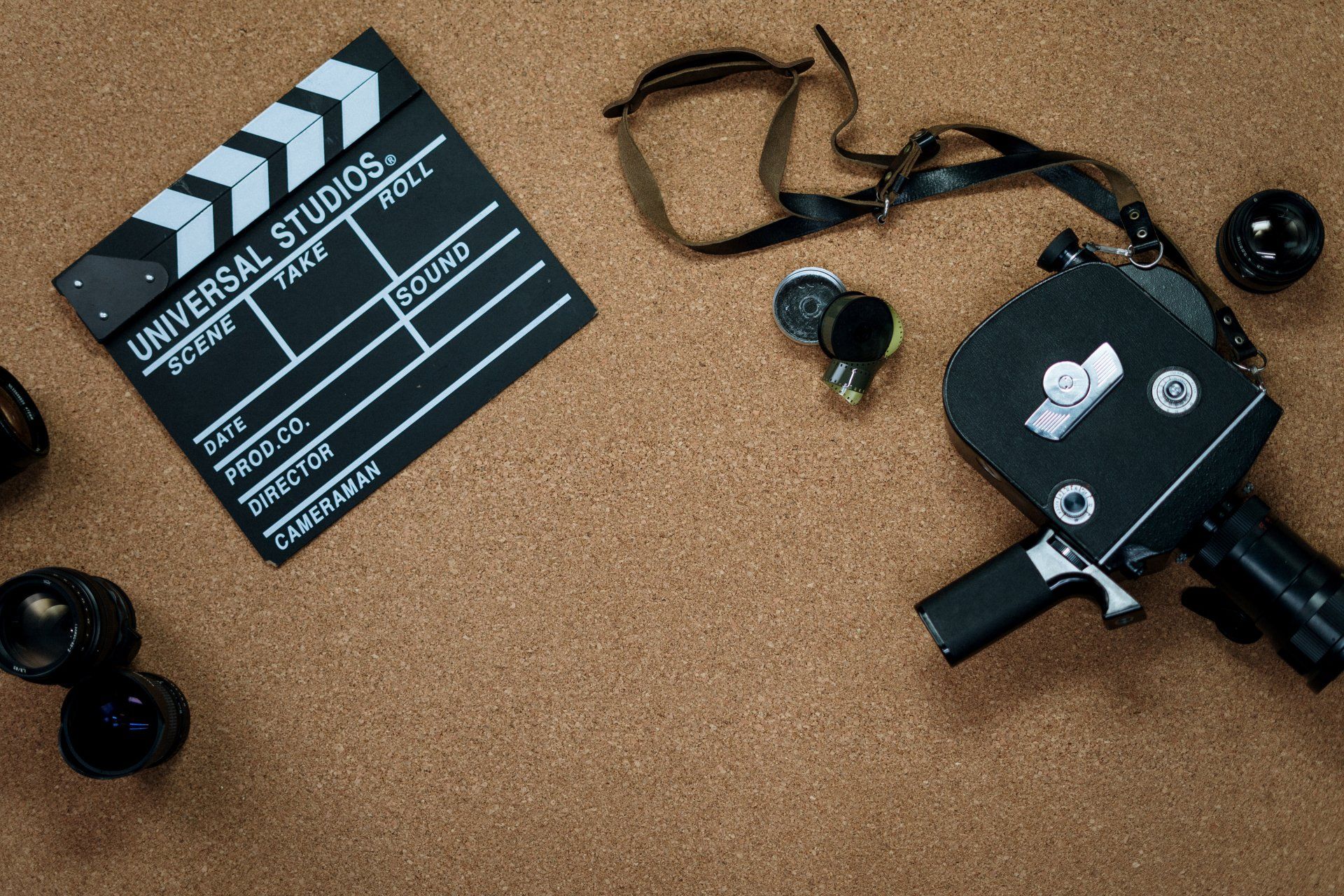
How Videotape Works
Now that we've explored the various facets of videotape's role in modern marketing, let's delve deeper into how tape works. It's a magnetic marvel underpinning countless hours of recorded memories and content.
The Magnetic Canvas
Videotape is, at its essence, a marriage of plastic and magnetism. It all begins with the creation of the tape itself. A thin layer of magnetic material is meticulously coated onto a plastic substrate, forming the tape's base. This magnetic material is arranged in parallel tracks, each representing a unique segment of the recorded video and audio.
Recording the Magnetic Symphony
A magnetic field is applied to the tape when the recording process commences. This field magnetizes the magnetic material in distinct patterns. These patterns correspond to the variations in the video and audio signals being recorded. Think of it as encoding information through magnetic impulses on this magnetic canvas.
Playback
Now, the real magic happens during playback. A video head emerges as the videotape is threaded through the player. This video head moves precisely along the tape, closely tracking the magnetized patterns.
As it encounters these magnetized regions, the video head reads the variations in magnetic polarity. Each shift in polarity represents a specific point in the recorded video and audio. The video head, in essence, deciphers the magnetic code embedded in the tape.
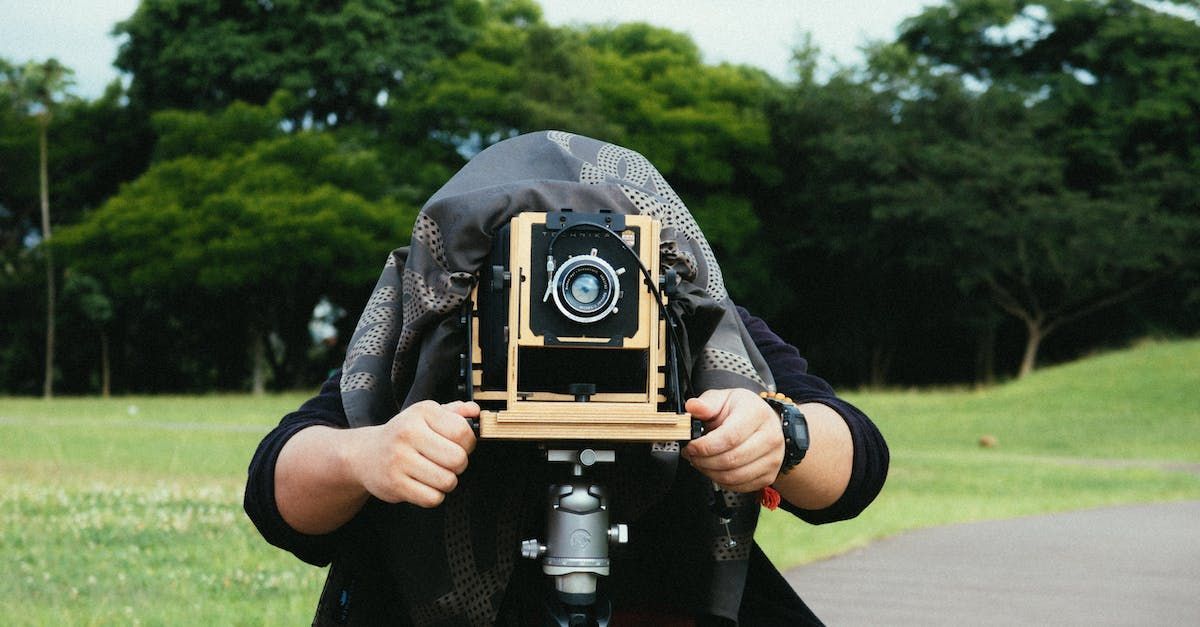
From Magnetic Patterns to Audiovisual Brilliance
The journey continues. The video head converts these magnetized patterns into electrical signals. These signals contain the encoded information—the video and audio data. These raw electrical signals are then fed into the playback system.
Within this system, the electrical signals transform. They are decoded, processed, and converted into familiar audio and video signals. It's akin to taking the magnetic language of the tape and translating it into something our eyes and ears can understand.
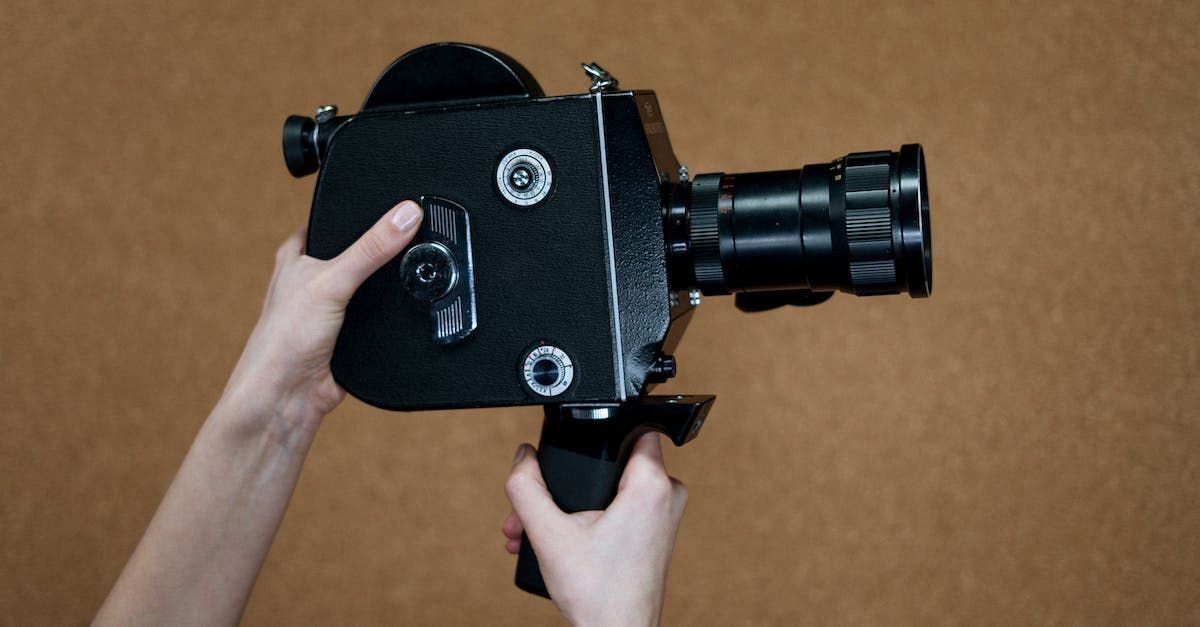
Types of Videotape
1. VHS (Video Home System)
VHS, often synonymous with home video, is the most common type of videotape used in consumer electronics. VHS tapes brought about a revolution in the way we consume movies and preserve family memories. They were relatively affordable and user-friendly, thus appealing to a wide audience. Nonetheless, their video quality might not have matched some other tape formats. VHS is beloved for its nostalgic charm, though its reign has waned in the digital streaming era.
2. Betamax
Betamax, a competitor to VHS in the consumer market, offered superior video quality. Betamax tapes excelled in capturing sharper images and more vibrant colors, which earned them a following among video enthusiasts. Nevertheless, the format was associated with higher costs and struggled to achieve the same widespread popularity as VHS. Betamax has become a relic of the past today, remembered for its commitment to quality.
3. S-VHS (Super VHS)
Super VHS, or S-VHS, represents an attempt to elevate the quality of the VHS format. It offered improved resolution and color reproduction, making it a preferred choice. S-VHS was a bridge between the consumer and professional worlds.
4. The High-Quality 8mm
Hi8 is an upgraded version of the 8mm videotape format. It introduced improved resolution and color reproduction, making it a popular choice for home video enthusiasts. Hi8 tapes provided a level of quality suitable for recording special moments and events with greater clarity.
5. U-matic
U-matic stands as a professional-grade videotape format. Its exceptional recording quality and durability have established it as a fundamental choice in the broadcast and production realm. However, owing to its size and cost, this format has yet to gain significant traction in the consumer market. U-Matic remained a trusted choice for professionals seeking top-notch performance.
History of Videotape
To truly appreciate the significance of videotape, we must journey back in time and explore its intriguing history, marked by technological innovation and evolution.
Early Formats
In the mid-20th century, when videotape was in its infancy, the formats were anything but compact or portable. The earliest videotape systems, such as the 2-inch Quadruplex format, were colossal machines that filled entire rooms. These large, heavy tapes required specialized equipment to record and playback. While groundbreaking in their ability to capture video and audio, they could have been more convenient.
The transition to the 1-inch and later half-inch formats brought some size reduction, but videotape remained relatively unwieldy. These formats found their primary use in professional settings, including television studios and film production houses. They were the workhorses of the industry, enabling the creation of television programs and movies.
The Quest for Portability
As technology advanced, so did the quest for portable and accessible video recording solutions. Smaller videotape formats emerged, allowing videographers and enthusiasts to take their equipment on location. Formats like Betamax and VHS-C were game-changers. They ushered in an era where individuals could record and share their video content. These compact formats transformed home videography and contributed to the democratization of video creation.

The Digital Revolution
The early 2000s marked a profound transformation in the realm of video recording. High-quality digital recording media, such as hard disks and flash memory, emerged as dominant players in the landscape. This marked the beginning of the end for traditional videotape as the primary recording medium. These digital formats offered several advantages, including random access, instant playback, and greater durability.
Videotape, with its linear recording method and physical limitations, started to fade into the background. It found a new purpose in archival and preservation contexts. Its longevity and reliability were appreciated. Today, videotape is a trusted guardian of historical and cultural treasures. This ensures that vital records and memories remain intact.
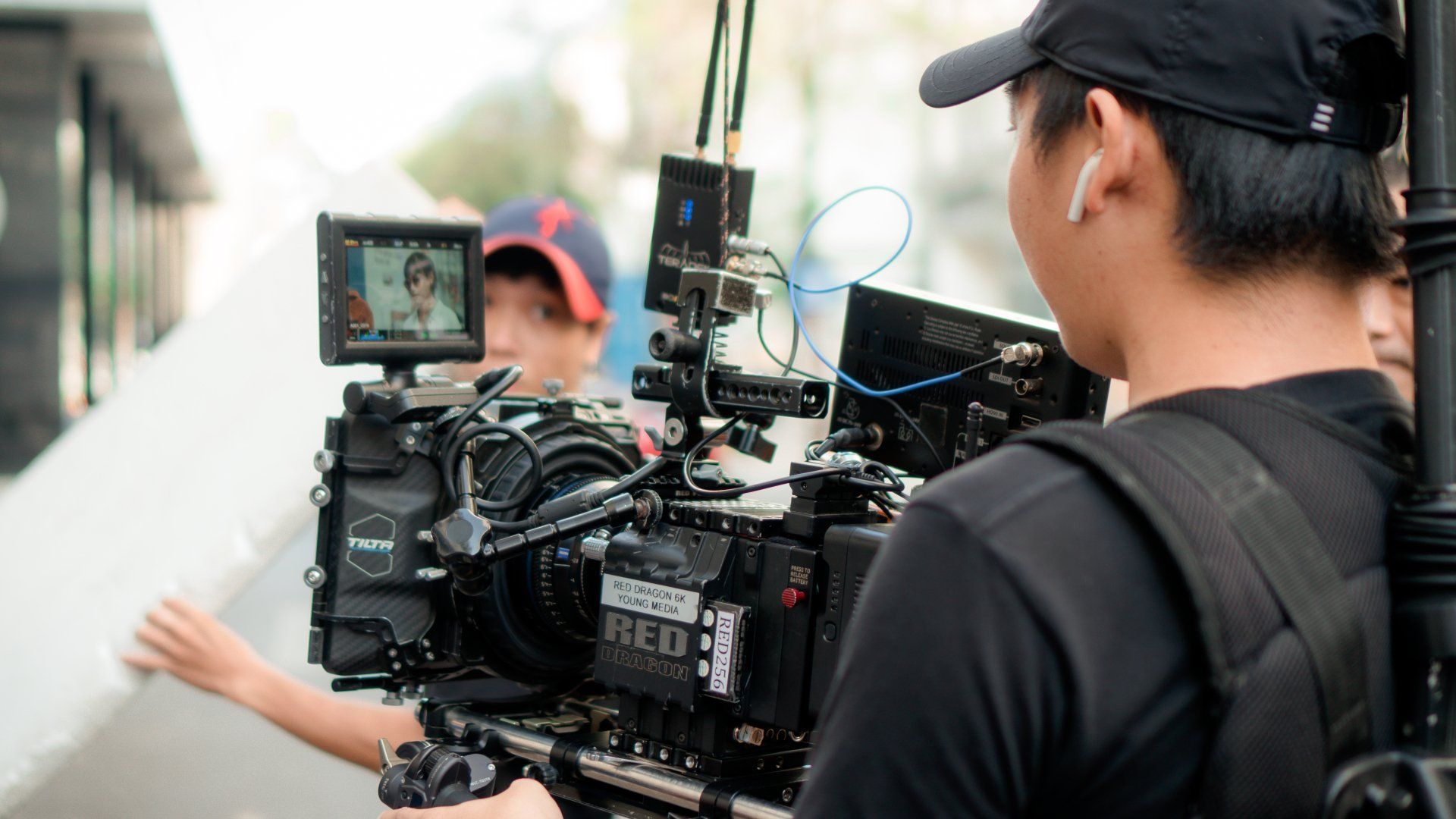
Uses of Videotape
Videotape's versatility extends beyond its historical significance, as it plays unique roles in various domains, combining nostalgia with contemporary marketing strategies.
1. Video Tape Editing
The realm of videotape editing was once synonymous with creativity and craftsmanship. Editors would meticulously thread the tape through machines, making precise cuts and assembling visual narratives frame by frame. Videotape was the canvas upon which stories were painted. It allowed editors to breathe life into raw footage, turning it into compelling films, television shows, and documentaries. Though digital editing has largely supplanted tape-based methods, the artistry of videotape editing remains a cornerstone of film and media production history.
2. Original Recording
The original purpose of videotape—recording moments as they unfolded—still resonates today. From family gatherings to historical events, tape remains reliable for preserving memories. While smartphones may have replaced the camcorders of yesteryears, the essence of video as a vessel of cherished moments endures.
3. Broadcast Playback
In the fast-paced world of television broadcasting, videotape was crucial in ensuring seamless transitions between live events and pre-recorded content. It allowed broadcasters to queue and play advertisements, news segments, and programming with precision. Although digital systems have taken over, the legacy of videotape in broadcast history is indelible.
4. Archival Medium
The transformation of videotape into an archival medium is a testament to its durability. Cultural institutions, libraries, and archives trust videotape to safeguard priceless audiovisual records. It is a time capsule of our past, preserving moments that define our collective memory.
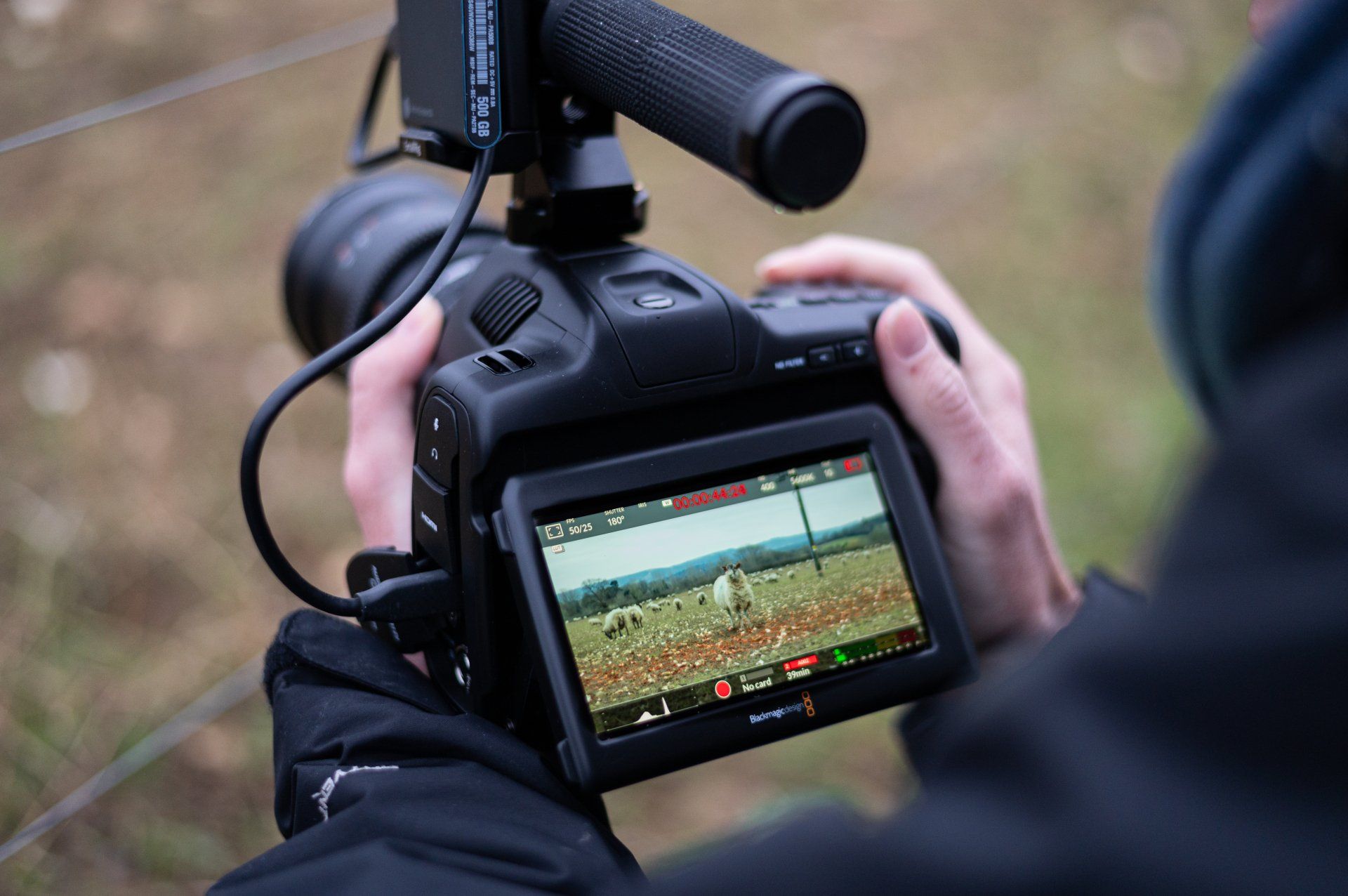
Videotape in Modern Marketing Funnels
In an ever-evolving digital landscape, videotape has emerged as a powerful tool in modern marketing strategies, serving as a conduit for crafting compelling narratives that resonate with diverse audiences.
1. Explainer Videos
Explainer videos are the linchpin of modern marketing campaigns. They distill intricate ideas, products, or services into digestible, engaging visuals. Videotape is an essential ingredient in the creation of these captivating pieces. It allows marketers to weave together a narrative that simplifies complex concepts, making them accessible and engaging for potential customers.
With the help of videotape, intricate details are seamlessly presented through animation, motion graphics, and live-action sequences. The magic wand transforms convoluted explanations into an enlightening and enjoyable visual experience. Whether it's elucidating cutting-edge technology or demystifying a sophisticated product, explainer videos powered by videotape captivate and educate simultaneously.
2. Educational Videos
In the realm of education, videotape has transcended the classroom. Educational institutions and online courses leverage videotape to deliver instructional content that caters to various learning styles. Videotape enhances the learning experience by providing visual aids, demonstrations, and real-world examples.
Through videotape, complex subjects become more comprehensible. It bridges the gap between theory and practice, allowing students to witness concepts in action. In fields ranging from science and engineering to art and history, educational videos harness the storytelling prowess of videotape to ignite curiosity and facilitate learning.
3. Product Videos
For businesses, videotape is an invaluable asset for showcasing products and services. Product videos provide prospective customers with an immersive experience, enabling them to visually and aurally comprehend a product's attributes and advantages.
Videotape enhances product presentations by encapsulating the essence of the item, whether it's a cutting-edge gadget, a culinary creation, or a fashion ensemble. Through meticulous videography and storytelling, product videos engage the senses, driving home the value proposition and influencing purchasing decisions.
4. Personalized Videos
Personalization is the cornerstone of modern marketing, and videotape is pivotal in creating personalized video messages. Marketers can use tape to tailor content specifically to individual customers or target demographics, forging deeper and more meaningful connections.
Whether it's a personalized greeting, a tailored product recommendation, or a thank-you message, videotape infuses a sense of authenticity into marketing efforts. It lets customers know they are valued as individuals, not just statistics. Personalized videos, powered by tape, humanize brands and make customers feel seen and appreciated.
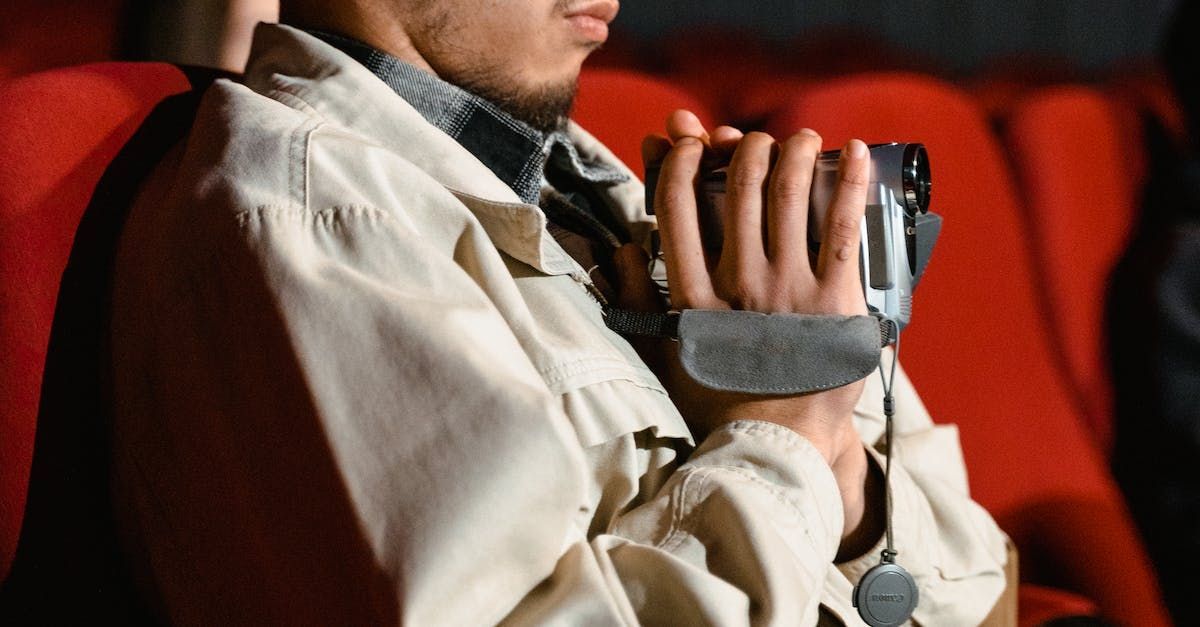
Conclusion
In the grand tapestry of technology and storytelling, videotape has woven a rich and enduring legacy. From its origins as a recording medium to its role in preserving history and adapting to modern marketing strategies, videotape has defied obsolescence. It has defined moments, crafted narratives, and left an indelible mark on our cultural and technological landscape. As we celebrate its journey, we are reminded that while formats may change, the essence of storytelling remains timeless. Videotape will forever hold a cherished place in the annals of media history.

Get total clarity on your video marketing and paid media with our FREE comprehensive data audit.

